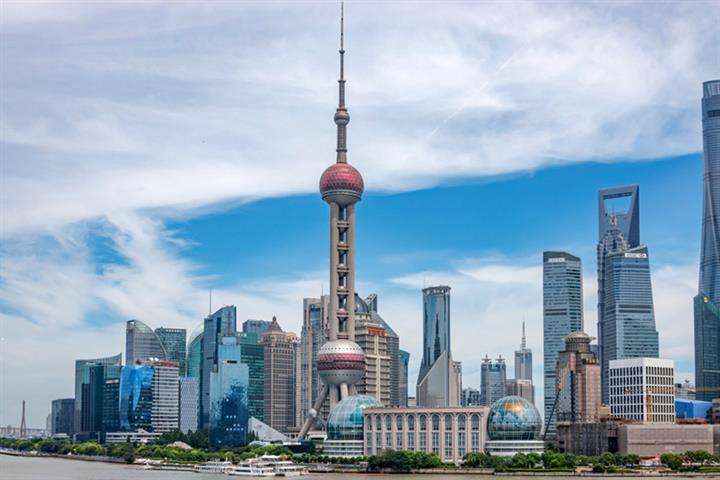 Shanghai Got Most Fiscal Revenue per Capita in China in 2020; Tibet Gov't Spent Most
Shanghai Got Most Fiscal Revenue per Capita in China in 2020; Tibet Gov't Spent Most(Yicai Global) Feb. 24 -- Shanghai's government revenue ranked first on per capita terms among Chinese regional administrations last year while the Tibet Autonomous Region splurged the most on each resident.
Shanghai's public revenue was CNY29,000 (USD4,483) per capita while Beijing was No. 2, followed by Tianjin, eastern Jiangsu province, and southern Guangdong province, Yuekai Securities's research institute said in a report released yesterday.
Southwestern China's Tibet came in first in terms of government expenditures per capita at CNY63,000 (USD9,740).
Eastern China has a developed economy and high incomes, with per capita fiscal revenue at the top, Shi Zhengwen, professor at China University of Political Science and Law, told Yicai Global. Shanghai, Beijing, and Tianjin are highly urbanized municipalities directly under the central government, explaining some of their advantages.
But even smaller regions could do well on per capita terms. Southern China's Hainan province logged CNY8,636 (USD1,336) in fiscal revenue per capita, ranking seventh, right behind the manufacturing powerhouse of Guangdong. Tibet was No. 12 and the Ningxia Hui Autonomous Region No. 15.
Big differences reflect on imbalanced regional development while total tallies and per capita figures can turn out quite different due to the varied scales of population, several experts told Yicai Global.
Government Spending
Tibet was clearly leading in public expenditures per capita but those of Shanghai, northwestern Qinghai province, and Beijing all surpassed CNY30,000.
Such figures of the Xinjiang Uyghur Autonomous Region, Hainan, and the Inner Mongolia Autonomous Region all exceeded CNY20,000. Others logged numbers between CNY10,000 and CNY20,000.
The top regions in this regard were underdeveloped areas in central and western regions, which reflects the central government's support to offer balanced public services across different regions, said Shi.
From 1994 to 2019, China's central government boosted its transfer payments to regional administrations by 125 times, according to the Finance Ministry. The annual growth rate of 21.3 percent was higher than the 16.6 percent increase in central fiscal expenditures.
Editor: Emmi Laine, Xiao Yi